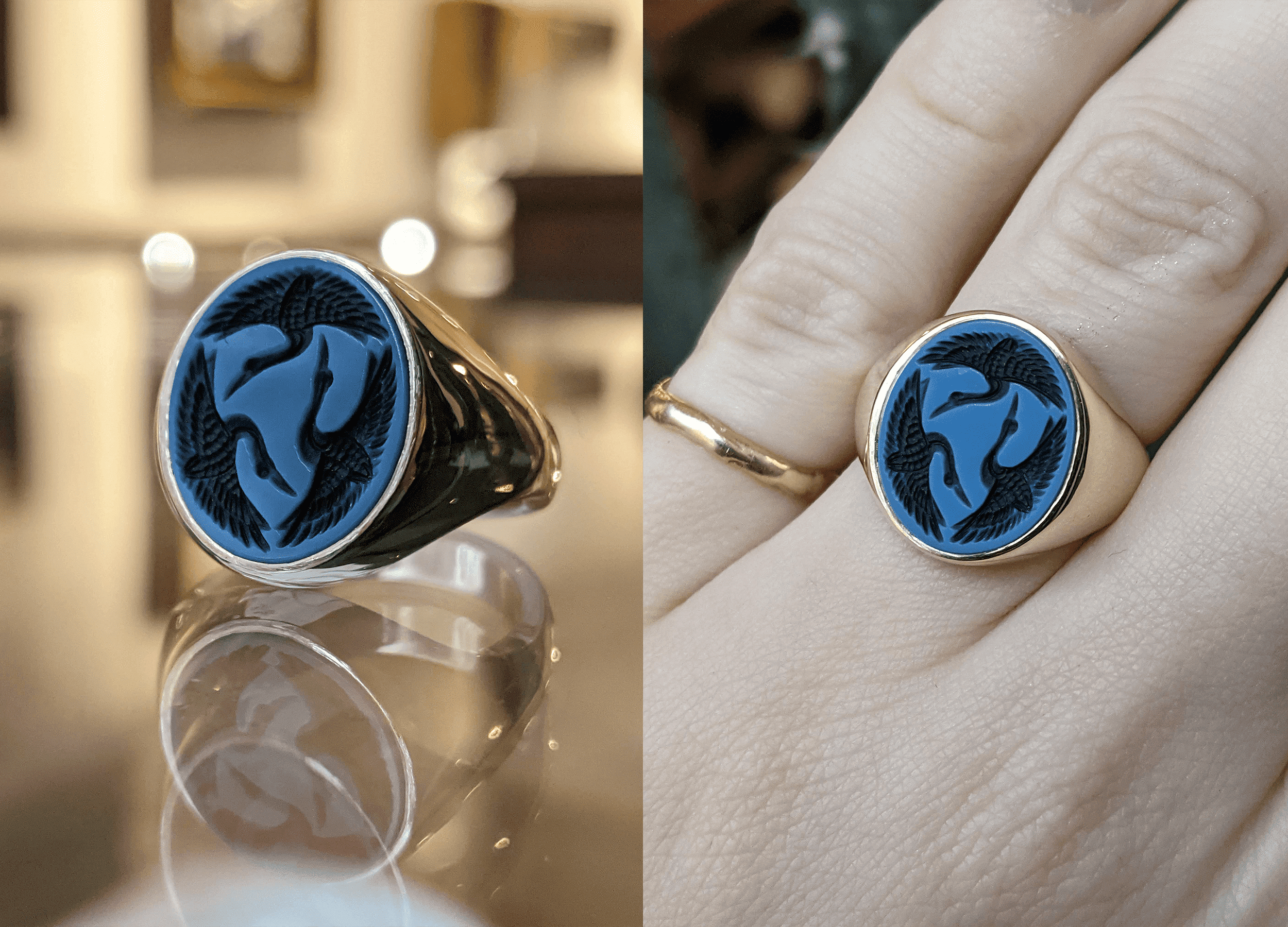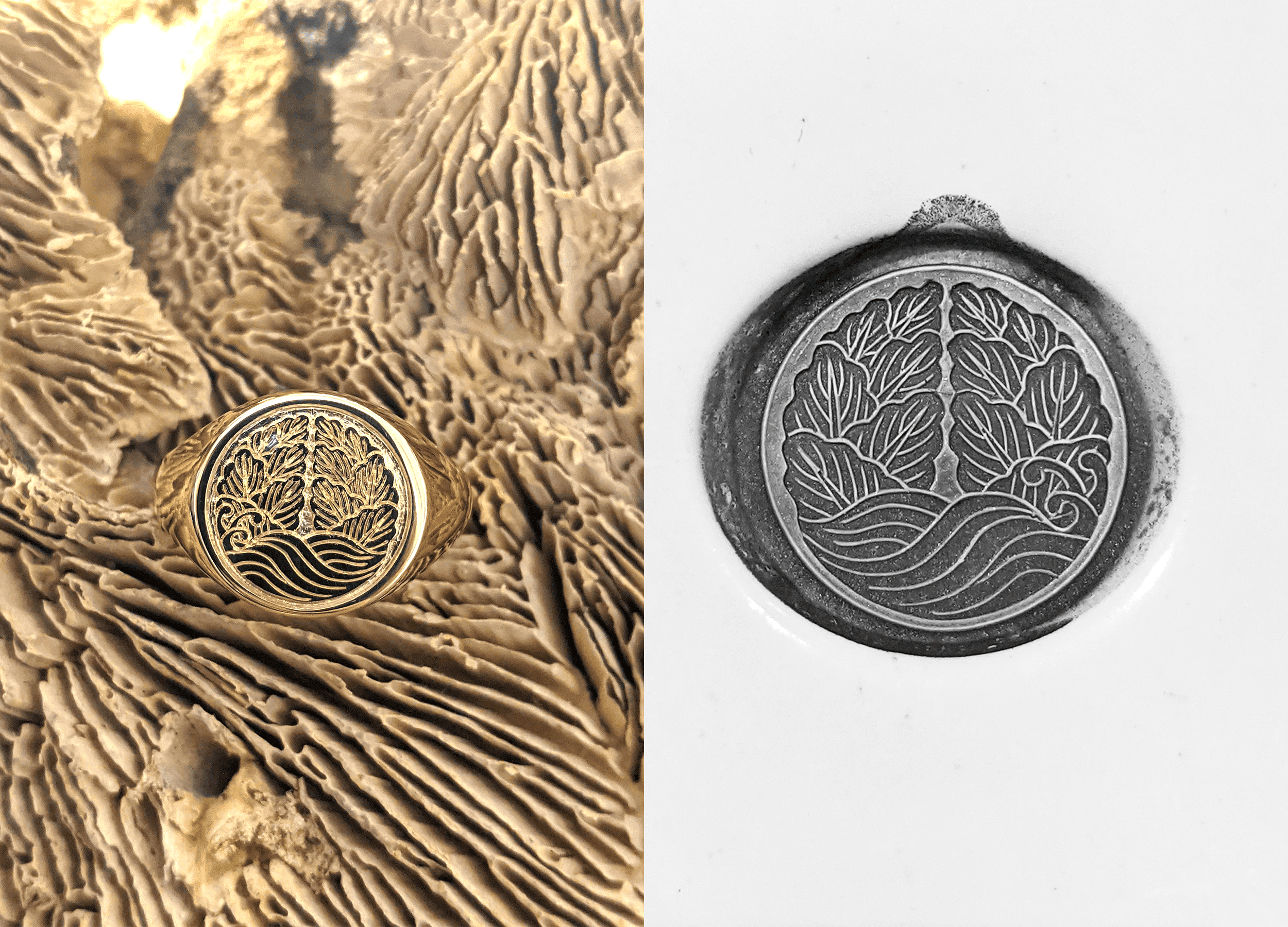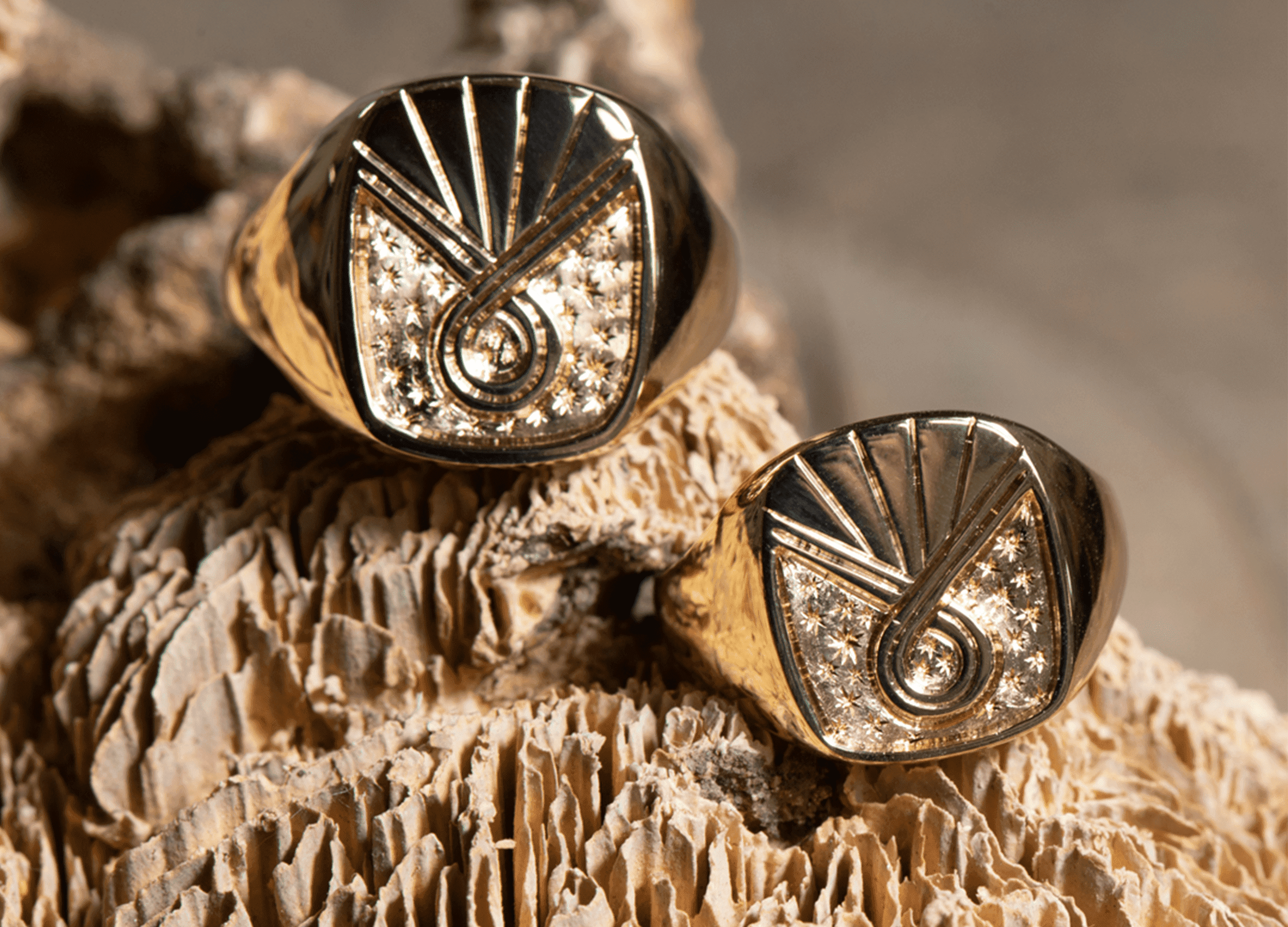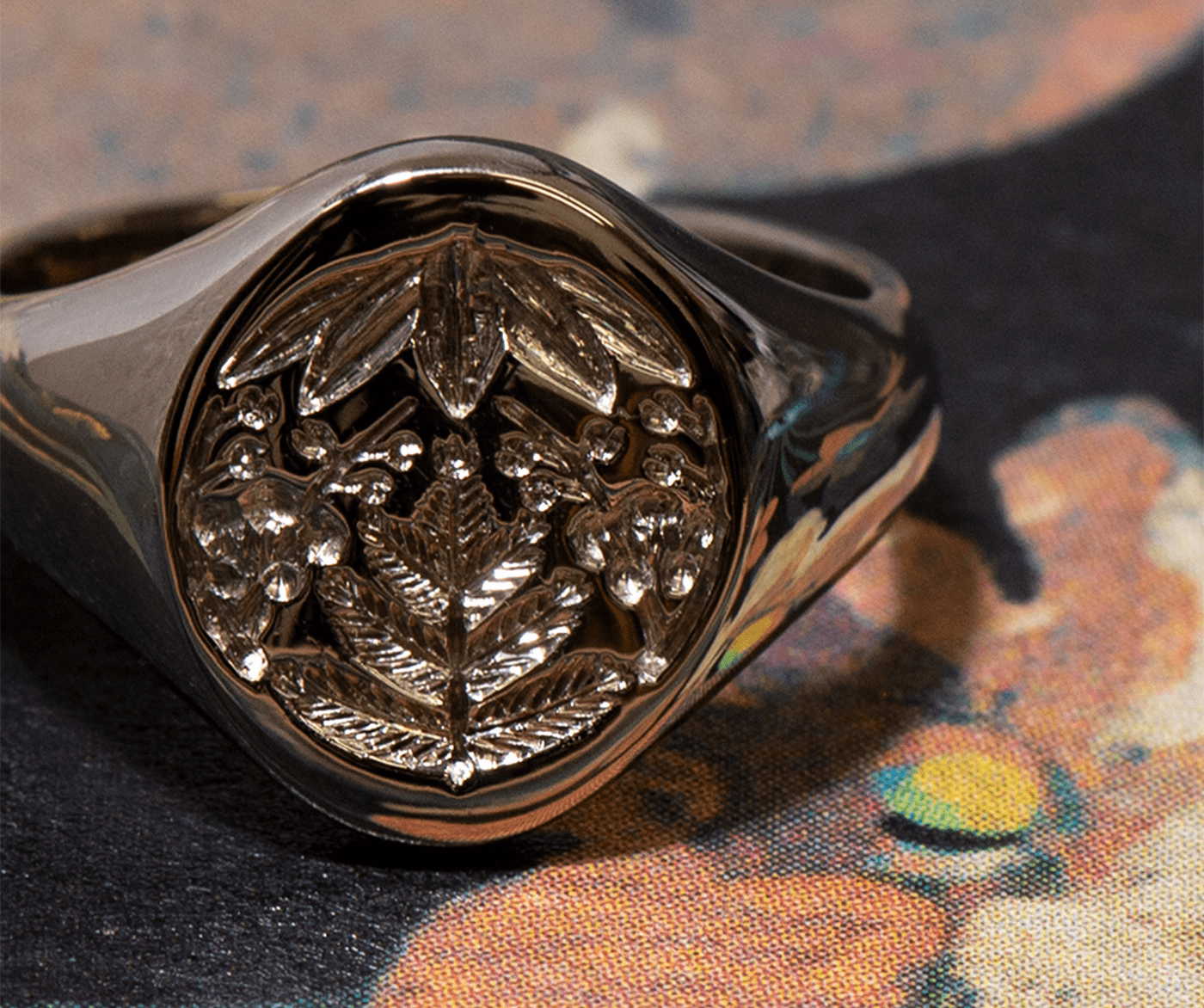'The Kamon symbols of Japan - family crests that represent lineage and ancestry - have a long and fascinating history dating back to ancient times.
Sometimes referred to as 'Mondokoro' or 'Mon', these symbols represent a family or individual and are often found on traditional Japanese clothing, furniture, and jewellery. The symbolism behind Kamon is rich and varied, with each symbol holding its own unique meaning and significance.


The origins of Kamon symbols can be traced back to ancient Japan, where they were first used by the Samurai and nobility class during the Heian Period (794-1185).
Each Samurai family had their own unique Kamon symbol, which was often passed down from generation to generation. These symbols were typically painted or embroidered onto the clothing and armor of the Samurai - including Samurai swords - as well as on their banners, and even ships and graves.
Over time, the use of Kamon symbols began to spread beyond the Samurai class and into the general population. During the Edo Period (1603-1868), the use of Kamon symbols became more widespread, with many commoners adopting them as a way to represent their family or personal identity.
Across the hierarchical structure of Japanese society, Kamon were a means of indicating social status, and in stark contrast to European crests and clan badges of this period, everyone from farmers and prostitutes through to aristocracy had their own Kamon. This period of time led to the use of Kamon on everyday items such as furniture and dishes, or on traditional items of clothing like the kimono or haori jackets.


One of the most popular forms of Kamon symbol jewellery is the Kamon ring. These rings, typically made of gold or silver, feature a small Kamon symbol carved into the metal. Kamon rings can be given as gifts to mark special occasions, such as weddings or birthdays, and are often passed down through families as heirlooms.
There are over 20,000 different Kamon symbols in Japan, each with its own unique design and meaning. Some of the most widely-used include:
The chrysanthemum, which symbolises longevity and prosperity. The Imperial Seal of Japan used by the Emperor of Japan and members of the imperial family is a multi-petalled chrysanthemum flower
The cherry blossom or sakura, which represents beauty and the fleeting nature of life and death, as all blossoms wither away. Japan's floral emblem has about 200 known Kamon variations.
The bamboo, which represents strength and resilience.


Whether you are of Japanese heritage or simply appreciate the beauty and symbolism of these symbols, Kamon are a unique and meaningful way to express your identity and show pride in your heritage. Interested in designing a piece with your own Kamon symbol? Please email info@rebussignetrings.co.uk or book an appointment at our Hatton Garden workshop or via Zoom to find out more.

